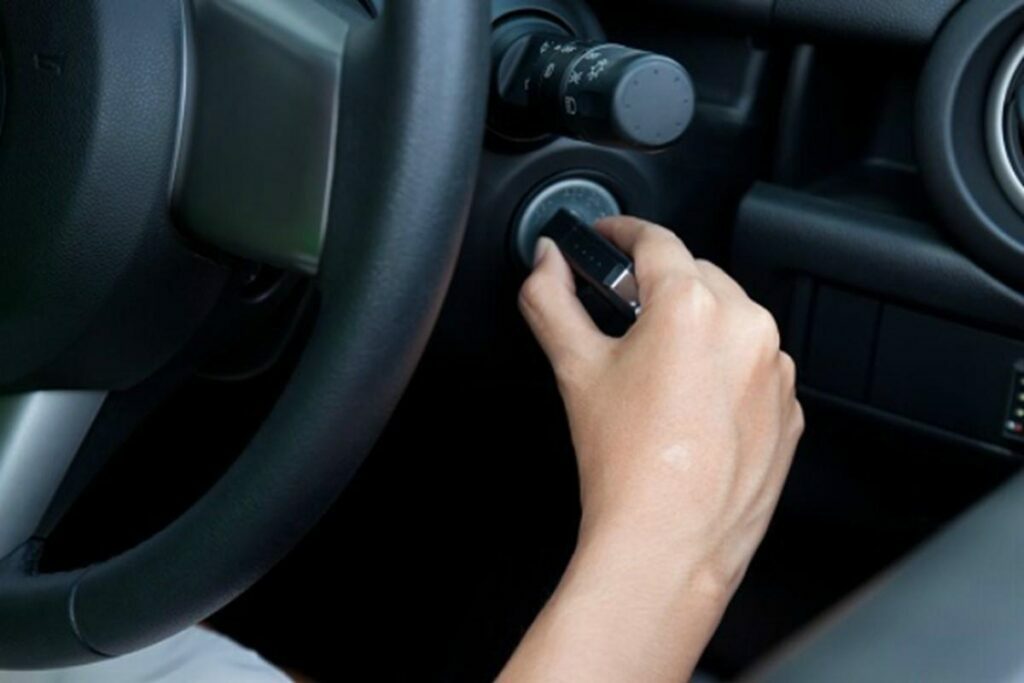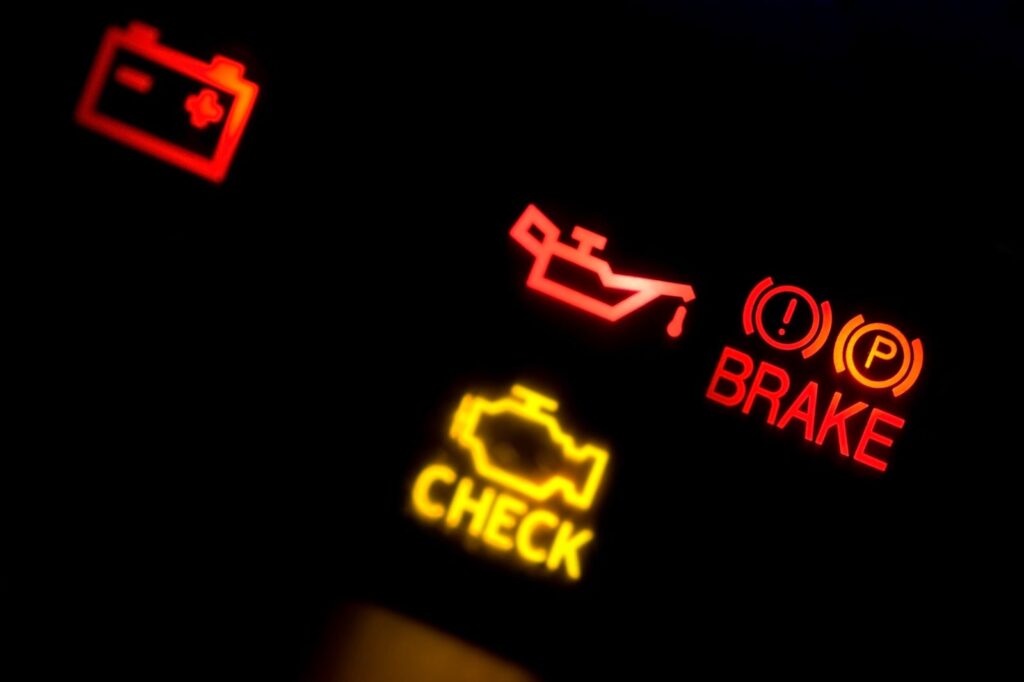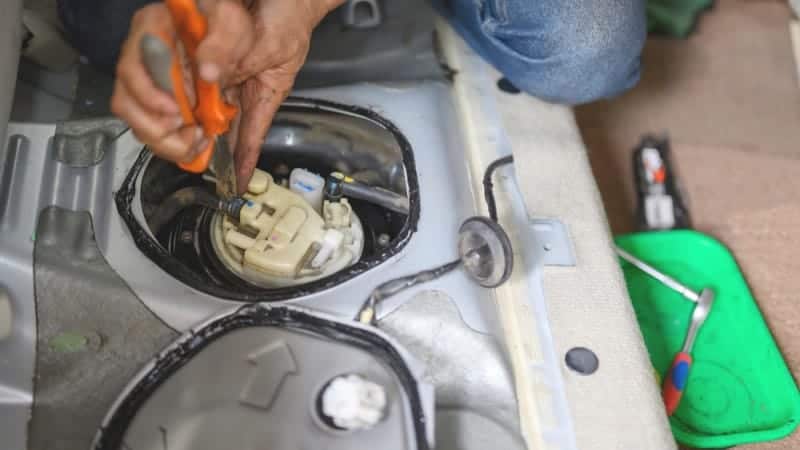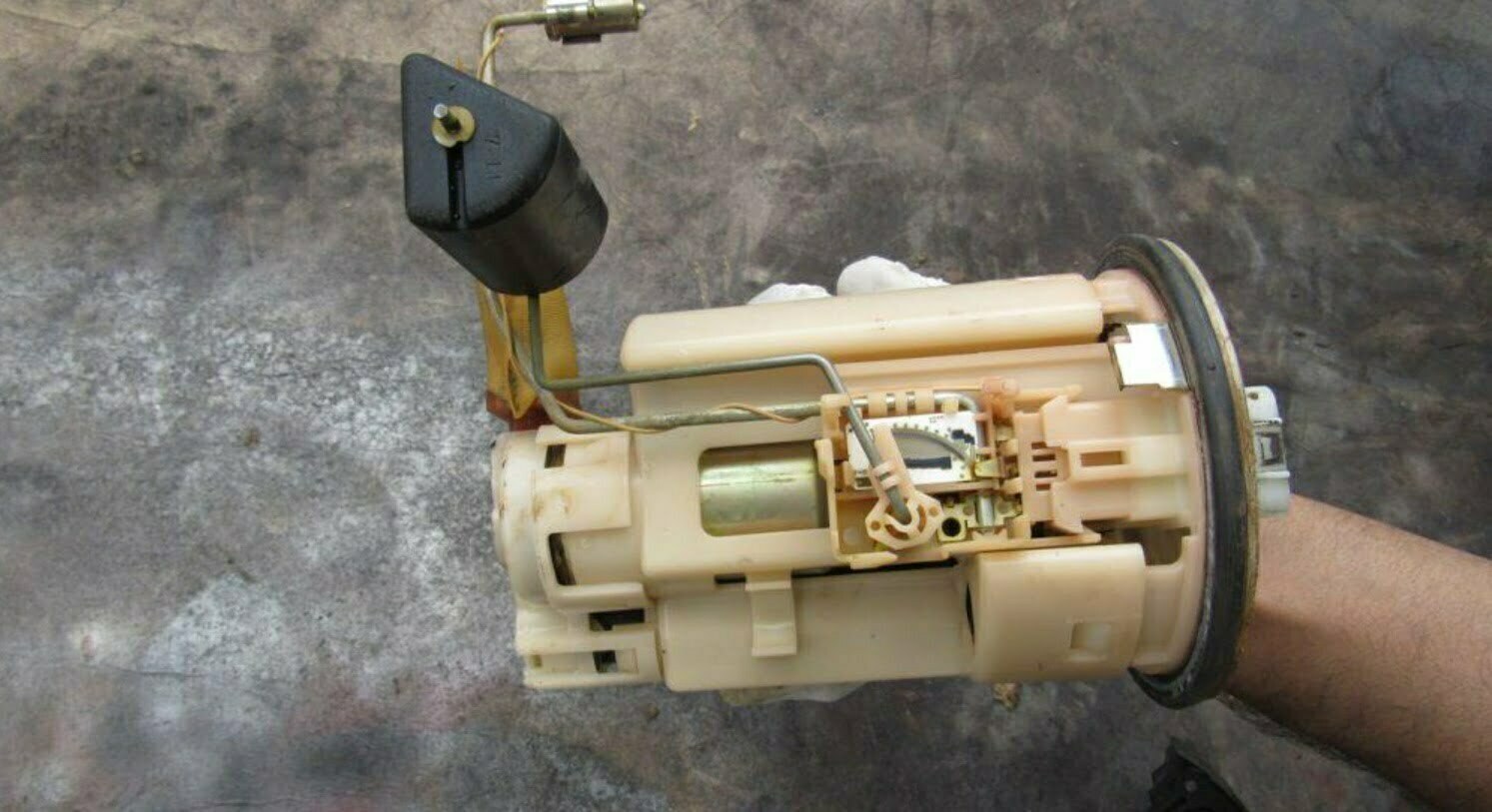Last updated on December 1st, 2022 at 07:09 pm
The fuel pump is one of the most important components in a car to supply fuel to the engine. Without fuel, the engine will not start. There are many kinds of fuel pumps for different vehicles, such as cars, trucks, motorcycles, ATVs, and so on. They are all different. Therefore, there might be a lot of problems that may occur when it is being changed. In this blog, we will talk about 10 common problems after changing fuel pump.
10 Problems After Changing Fuel Pump
1- Your car won’t start
After changing your car’s fuel pump, you may experience your car not starting as common problem. There are several reasons for why this might occur:
- The new fuel pump may be defective
- The fuel pump relay may be defective
- A fuse associated with the fuel pump may be blown
- There might be a wiring problem.
If you’re experiencing this problem, check these things first to see if you can identify the root cause.
SOLUTION

After changing your car’s fuel pump, you may come across the common problem of your car not starting up. If this happens, don’t fret – there are a few potential solutions. One is to check the fuse box and see if a fuse has blown. Another is to check the wiring and make sure everything is properly connected. Lastly, you can check the fuel pump relay and make sure it’s working properly.
2- Your car runs out of gas quickly
Your car’s fuel pump is designed to move gasoline from the tank to the engine, where it’s then combusted to power your vehicle. However, if the pump isn’t primed before installation, or if it isn’t compatible with your car, it can cause your car to run out of gas quickly.
SOLUTION
If your car is experiencing the common problem of running out of gas quickly after changing the fuel pump, there are a few potential solutions. One is to check the fuel lines for any leaks. Another is to make sure the fuel pump is getting power. Finally, you may need to adjust the float level in the carburetor..
3- Your car stalls or sputters
After you change your car’s fuel pump, it’s common for the car to stall or sputter. There are several reasons for why this might occur:
One possibility is that you didn’t prime the new fuel pump before installation. When you change a fuel pump, you need to prime it first by running a wire from the battery to the pump to get it started. If you don’t do this, the pump may not get enough fuel and will sputter as a result.
Another possibility is that there’s air in the fuel line. This can happen if you didn’t bleed the line after changing the pump. To bleed the line, open the bleeder valve and run the engine until the air bubbles stop coming out.
Finally, it’s possible that the new fuel pump is defective. This is rare, but it does happen. If you think this might be the case, take the car to a mechanic and have them check it out.
SOLUTION
If your car stalls or sputters after changing the fuel pump, it’s likely that something is wrong with the installation. Make sure that all the connections are tight and that there are no leaks. You may also want to check the fuel filter and replace it if necessary.
READ THIS FOR MORE INFORMATION
4- Your check engine light comes on

One common problem that can occur after changing a fuel pump is that the check engine light may come on. There are several reasons for why this might occur:
- The new fuel pump may not be compatible with your car’s engine.
- The new fuel pump may not be properly installed.
- There may be a problem with the wiring or connectors going to the new fuel pump.
SOLUTION
If your check engine light comes on after changing your fuel pump, don’t panic. There is a solution to this issue, which is a common one. Make sure all the connections are secure first. If they are, then the next step is to check the fuel pressure. If the pressure is low, then you will need to adjust the pressure regulator.
5- You observe a drop in fuel efficiency.
You observe a drop in fuel efficiency after changing your car’s fuel pump. There are several reasons for why this might occur:
- If the new fuel pump is not the right size or type for your car, it will not work as efficiently as the old one.
- The new fuel pump is not installed correctly, it will also not work as efficiently.
- If the fuel lines are not properly connected to the new fuel pump, it will not work as efficiently.
If you notice a decrease in fuel economy after changing your car’s fuel pump, make sure that the new pump is the right size and type for your car, and that it is installed correctly. Also, check that the fuel lines are properly connected to the new pump.
SOLUTION
A decrease in fuel economy is a common problem after changing the fuel pump. The best solution is to invest in a high-quality, compatible fuel pump that will improve your car’s performance without putting a strain on your budget.
6- Your car’s engine is making strange noises
If you’re hearing strange noises coming from your car’s engine, it’s likely due to a problem with the fuel pump. This is a common issue that occurs after changing the fuel pump. The reason this happens is likely due to an issue with the installation process, so be sure to double-check that everything was put back together correctly if you’ve recently changed your fuel pump.
SOLUTION
While this problem is fairly common, that doesn’t mean it doesn’t come with a solution. If you think your fuel pump might be the issue, start by checking the level of gasoline in your tank and make sure it’s topped off. Next, try starting your car and if the noise persists, it’s time to bring your car to a professional mechanic for further diagnosis.
7- You see fuel leaks under your car
It’s not uncommon to see fuel leaks under your car after changing the fuel pump. Here’s a quick explanation of why this happens and how you can prevent it.
One reason this might happen is that the new fuel pump wasn’t installed correctly. This could be because the old fuel pump was removed without disconnecting the fuel line first, which can cause damage to the line. Another possibility is that the new fuel pump isn’t compatible with your car, which can also cause leaks.
SOLUTION
To prevent this from happening, make sure that the old fuel pump is disconnected before removing it, and that the new fuel pump is compatible with your car.
8- You have trouble accelerating

If you’re having trouble accelerating after changing your fuel pump, it could be for a number of reasons. This usually happens because the new pump isn’t compatible with the rest of your car’s components, or because the fuel mixture is wrong. Sometimes, it could also be a sign that your engine is having problems. It’s recommended to take your car to a mechanic to get it looked at if you’re sure about the issue.
SOLUTION
If you find yourself in this situation, there are a few potential solutions that you can try. One is to check your fuel filter and make sure that it is clean. Another is to make sure that there are no leaks in your fuel line. Lastly, you may need to adjust the carburetor.
9- Your car is running rough
If you’re noticing that your car is running a bit rougher than usual, there could be a few reasons why. One common issue that can occur after changing the fuel pump is that the new pump may not be compatible with your car’s existing system. This can cause all sorts of problems, from decreased fuel efficiency to your engine running less smoothly.
SOLUTION
After changing your car’s fuel pump, you may notice that the car is running rough. This is a common problem, but luckily, there is a solution. The best thing to do is to take the car to a mechanic and have them take a look at it. They will be able to diagnose the problem and fix it for you.
10- Problem with the fuel tank
The problem with the fuel tank is a common problem after changing the fuel pump. This is because the old pump may have left behind some debris or dirt that can clog up the new pump. To avoid this problem, it is important to clean out the fuel tank before installing the new fuel pump.
Tips For Preventing Issues After Changing Your Fuel Pump

The fuel pump is one of your car’s most critical parts. It’s responsible for getting fuel from the tank to the engine, and if it fails, your car won’t run. That’s why it’s so important to take care of it and make sure it’s in good condition.
If you’re thinking about changing your fuel pump, there are a few things you should keep in mind to avoid problems down the road. First, make sure you get the right pump for your car. There are different types of fuel pumps, and not all of them will work with every car. Second, be sure to install the pump correctly. If it’s not installed properly, it can cause all sorts of problems. Finally, be sure to bleed the air out of the lines after you change the pump. If there’s air in the lines, it can prevent the pump from working properly.
FAQS About Problems After Changing Fuel Pump
Q: How much cost to replace a fuel pump?
A: The cost of replacing a fuel pump will vary depending on the make and model of your car. Generally speaking, it will cost between $200 and $600 to have a new fuel pump installed.
Q: How long does a fuel last?
A: This is a difficult question to answer as it depends on many factors such as the type of fuel, the conditions under which it is stored, and so on. However, in general, most fuels will last for a considerable amount of time if they are properly cared for.
Q: What happens if a fuel pump is installed wrong?
A: If a fuel pump is installed incorrectly, it can cause a number of problems. The most common issue is that the pump will struggle to draw fuel from the tank, which can lead to poor engine performance. In some cases, it can also cause fuel leaks.
Q: Can a new fuel pump be defective?
A: Can a new fuel pump be defective? Yes, it is possible for a new fuel pump to be defective. If you think your fuel pump may be defective, the best thing to do is to take it to a mechanic and have them check it out.
Q: Why do new fuel pumps fail?
A: There are several reasons why new fuel pumps might fail. One possibility is that the pump wasn’t properly installed in the first place. Another reason could be that the pump wasn’t meant for the specific vehicle it was put into. Lastly, it’s also possible that the fuel pump simply wasn’t built to last and was made with inferior materials.
CONCLUSION
So it’s the conclusion of this blog post and we hope you have found it useful. If you have any questions or concerns about changing your fuel pump then please contact us anytime at _. Thank you for reading, we are always excited when one of our posts is able to provide useful information on a topic like this!
FOLLOW US
